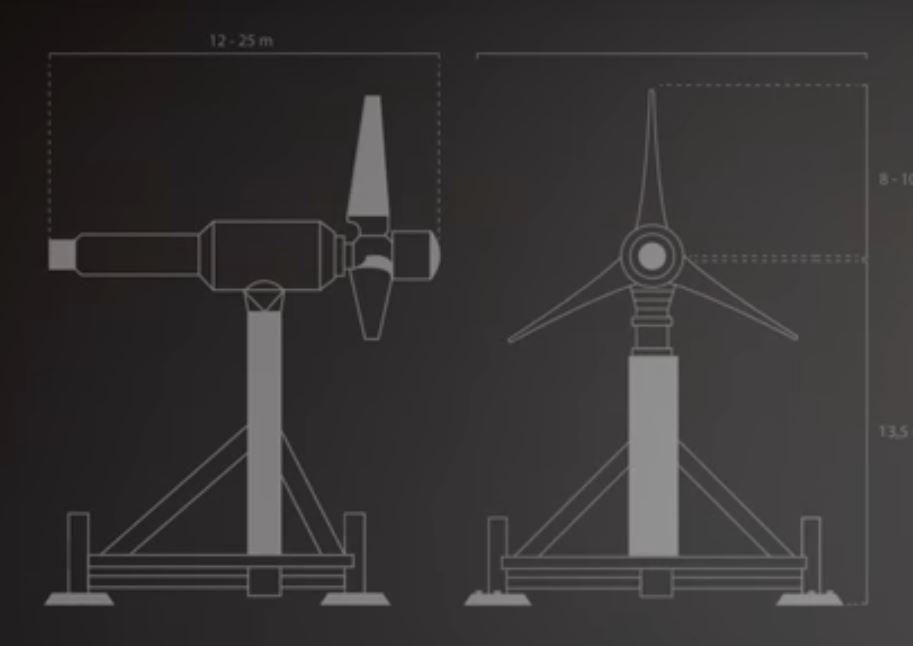-
Phone Number
-
Email Address
The alternatives to produce more respectable energy with the environment are there, we just need to take advantage of them and start consider viable actions that thanks to the technology, are becoming more profitable as the electricity that we can produce by marine energy .
We are talking about the energy that we can extract from the seas remembering that 70% of the planet is occupied by water, with 97% coming from the seas and oceans. So the most countries in the world have coastlines to start use the water of the seas to obtain energy .
Our seas and oceans offer a vast source of renewable energy , but not only, throughout the Atlantic coast as indicated from the European Union. Currently, technologies are being developed ocean energy to exploit the potential of the tides and the waves.
Although the video mainly talks about turbines that take advantage of the current of the oceans and seas to produce energy , it must be considered that There are different types of systems and installations that are can use. So let's see them…
Content menu:
There are clearly distinguished technologies, depending on of energy use and how they work:
It focuses on the use of the descent and ascent of the sea water and its currents before the gravitational action of the Moon and the Sun to generate electricity in a way clean, although only in those points of the coast where that the high and low seas differ by more than 5 meters in height is profitable to install a tidal power station .
A project for a tidal power station is based in the storage of water in a reservoir that is formed when building a dam with gates that allow the entry of water or well flow to turbinate, in a bay, cove, river or estuary for electricity generation.
tidal energy has the advantage of function bi-directionally, that is, it can produce electricity both with the entry of water in the entry cycle of water - flow, as in the discharge cycle - reflux. According to some experts, tidal power has enormous potential to generate electricity from the sea, but further progress is needed it is efficiency aspects.
It consists of the use of kinetic energy contained in ocean currents . The process of uptake is based on kinetic energy converters related to wind turbines using installations underwater.

It is based on the use of thermal energy of the sea based on the temperature difference between the surface of the sea and the deep waters. to clarify concepts we can see the following scheme of how it works a tidal power plant :
The use of this type of energy requires that the thermal gradient is at least 20º. The plants tidal power plants convert thermal energy into electrical energy using the thermodynamic cycle called “Rankine cycle” whose hot source is water of the surface of the sea and the cold focus the water of the depths.
It is the use of energy produced by the wave movement . The swell is a due to air friction on the surface of the sea, which is very irregular. This has led to construction of multiple kinds of machines to make its use possible. In the following infographic on the wave energy – Wave energy we can see the process of obtaining electricity.
We can see more information from infographics of renewables and their characteristics in case there is interest in expand information.
The Osmotic Power or blue energy, is the energy achieved by the difference in concentration of salt between seawater and river water through of the osmosis processes.
We remember the article on offshore wind energy in Europe doubles in a year so that we begin to be aware that and other countries are beginning a very promising career in waters much more unstable than those of Spain.
We can also check the latest news from Ocean Energy Europe, which is the largest network of professionals in the ocean energy in the world. More than 120 organizations, including major utility companies, industrialists and research institutes in Europe.